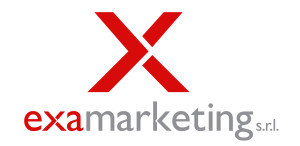Thirty years after its worst crisis, Italy’s wine industry doubled its turnover
The success of Italian wine is the result of a long journey that started some time ago, with ups and downs. The low point was thirty years ago, when a wine that was poisoned with methanol (22 victims and dozens fallen ill) showed how a crisis can serve as a trampoline that relaunches a business.
The turnaround of the Italian wine sector is clear in the numbers: in 1986, Italy produced 77 million hectoliters of wine. That’s fallen to 47 million, in line with a decline in per capita consumption from 68 hectoliters in the 1980s to 37 currently.
Yet the dip in production and consumption was accompanied by an explosion in sales, driven by exports, which surged from €800 million in 1986 to €5.4 billion in 2015 (up 575%).
Exports have pushed total turnover for the wine sector to €9.4 billion today, from €4 billion thirty years ago.
One constant in the journey of Italian wine has been the growth of DOC and DOCGlabels , which comprise 35% of all wine today versus 10% thirty years ago. Including IGT wines, the total share of locally certified product makes up 66% of the total.
Trade group Coldiretti also noted that “the average value of Italian wines in 1986 was 36% below the worldwide average, while today it’s 48% above the average.”
And in 1986, certain trends hadn’t yet taken hold. Italy’s enotourism industry had 3 million visitors last year. And the cultivation of biological wine, unknown until several decades ago, now occupies up a surface of 72,000 hectares.
Alongside its leading position in exports and in quality, Italy’s wine sector also boasts an unenviably high level of bureaucracy. The number of work days producers spend on bureaucratic tasks has hit 70 per year.
“That’s enormous,” said Moncalvo. “We await a decisive change on this front starting with the Single Wine Act [which codifies existing Italian law on the field]. It’s been heralded many times, but is still just on paper.”
“It’s important to remember the journey Italian wine has been through,” added Agricultural Policy Minister Maurizio Martina, “but not to ignore future challenges. Starting with quality, the simplification of the business, and the need for research. On the latter, I want to stress that I don’t want to be labeled as an obscurantist. In fact I think that the wine sector shows the opposite trend, given that genome sequencing of vines was developed in Italy in recent years. This shows that there is an Italian research path and that it’s certainly not passing into obscurantism.”



